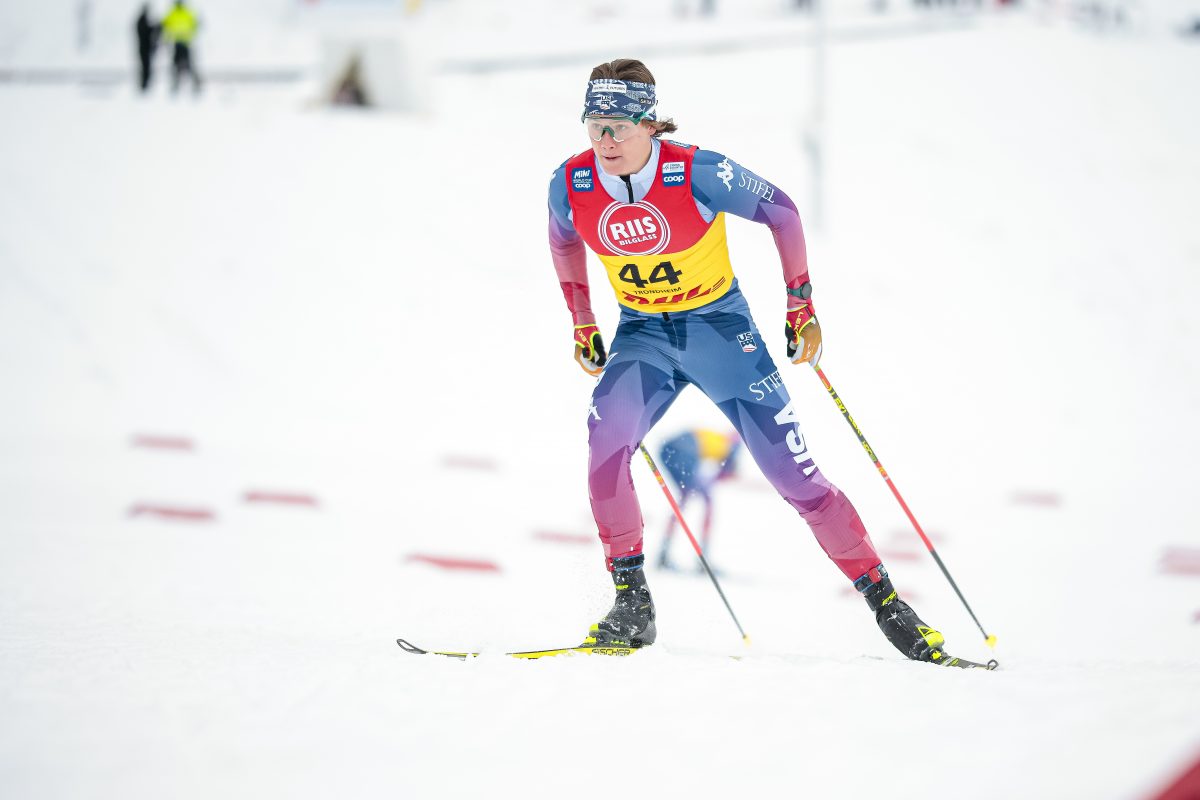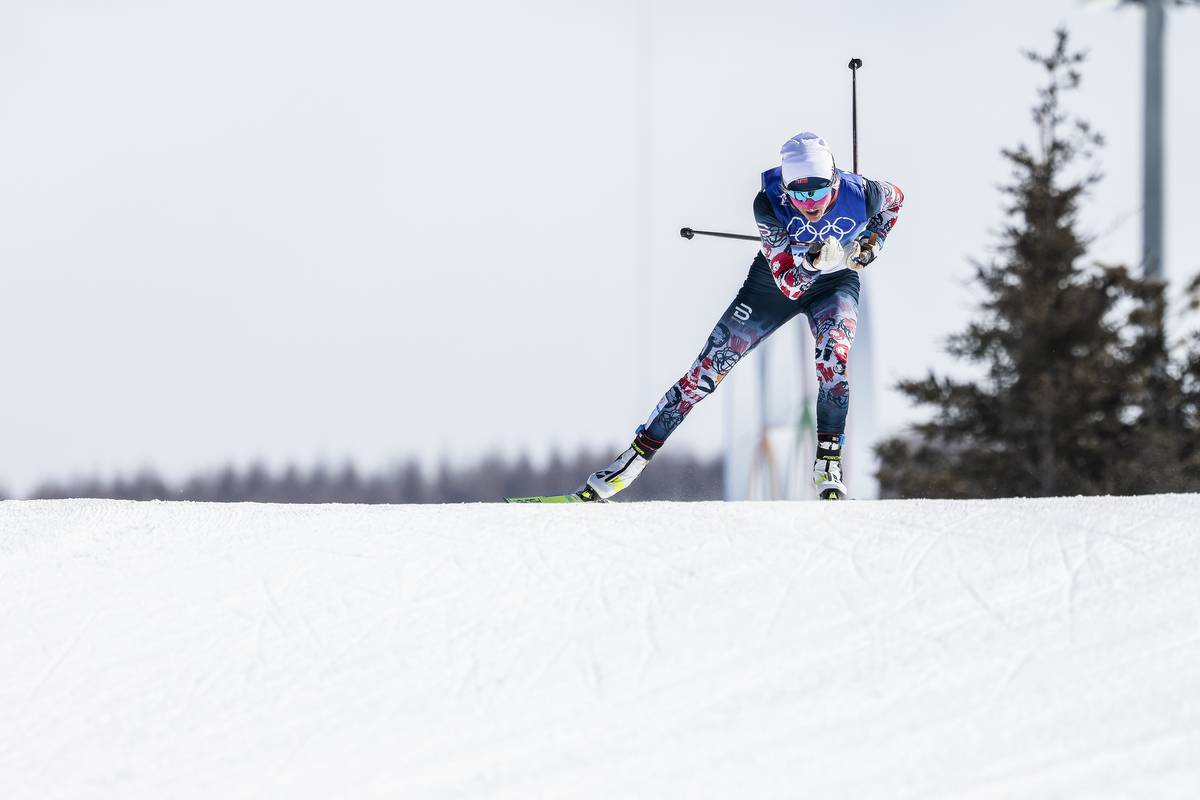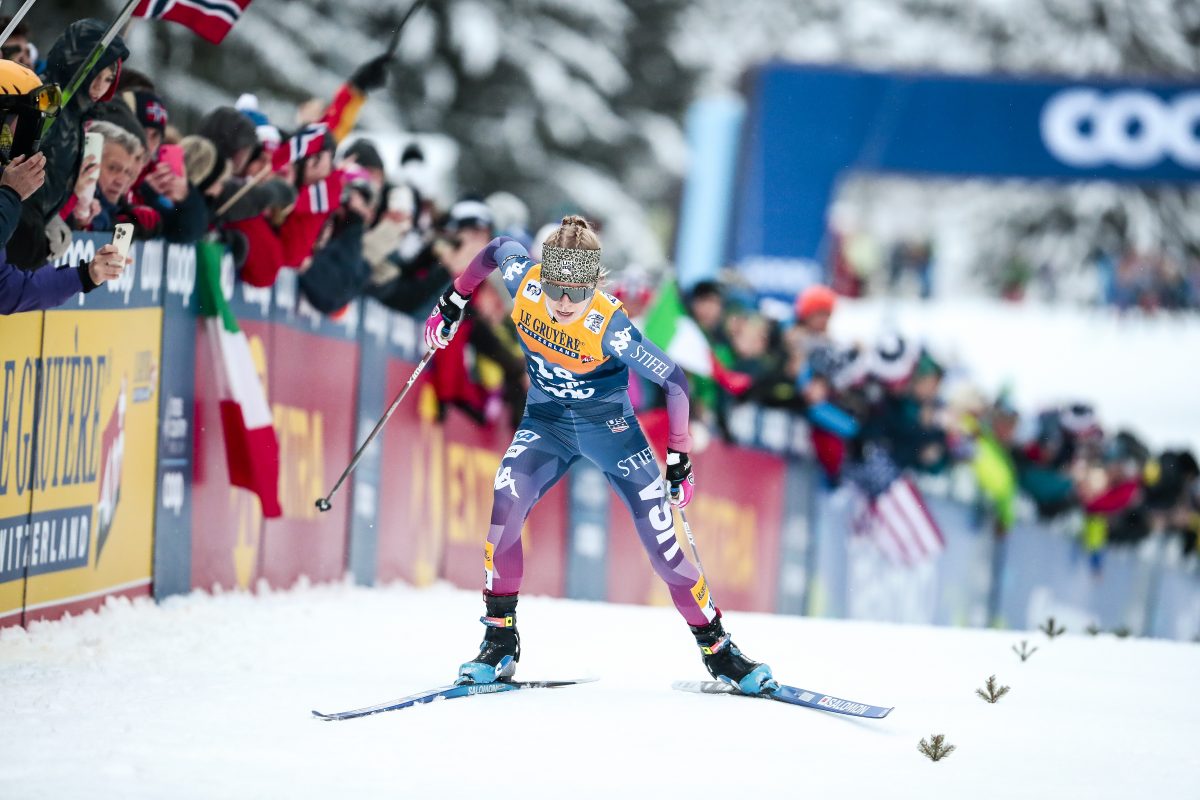Big Stress and Big Rest has been the trend of our training since New Zealand this past August. The volume of intensity in New Zealand demanded a good long
recovery period afterward, and so the athletes went home to recover and show
up ready for the final period of dryland training this past September. Showing
up ready in September meant showing up rested.
"Plan rest into the training. Take unplanned rest when needed".
We have just completed a hard two-week block where we did intervals almost
every other day. The intervals included one running time-trial, two lactate
tolerance sessions, three level 4 sessions, and one level 3 session.
Lactate tolerance sessions are all-out intervals of 45 to 120 seconds separated
by a lot of rest. They were done bounding and skating on rollerskis. These intervals,
I quote, "Suck."
Level 3 intervals in this case included 15x 400meters running at about 5km
pace. These short L3 intervals enable the skier to stay in level three, but
perform the interval at a quicker pace.
Level 4 intervals for us are always 4 to 5 minutes long times 4 to 6 repetitions
with 3 to 4 minutes rest. These intervals are in control, but are hard efforts.
Time Trials are races. The athletes take them seriously, and there is some
intra-squad betting involved.
This period also included strength training three times a week, and otherwise
very easy distance sessions (including one over-distance session per week –
3 hour run, 4 hour bike, etc). We do the distance work in level 1 (LA around
.8 to 1.5, hr around 120 to 140).
The strength training has included a mix of core-strength and max-strength.
The volume of training was reduced to accommodate the increased intensity.
A word on intervals and hard training. This is a report on the training that
we do. It is not a recipe everyone should follow. Our athletes have many years
of training behind them. This report does show the kind of training we believe
will produce the best skiers in the world… we are not afraid of intensity
and we believe that strength training (in the weight room) makes skiers fast.
Resting enough is our greatest challenge. It is the most vital and oft overlooked
component to preparing properly for the season. That means resting well between
training sessions, planning and taking a rest day every week, planning periods
of rest (easy weeks) and having the courage to pull the plug on training sessions
if the body is not adopting well to (absorbing) the training.
The week prior to leaving for Fairbanks included one set of level 3 intervals
(2sets of 10 x 20seconds with 20seconds rest, 5min set break) and decreased
training volume so as to travel rested and start the camp ready to train…
and we did do the infamous Soldier Hollow running time trail. <Results here.
Note: 5 Personal Records in the Time Trial, and Wendy was only 2 seconds off
her pr on a "not so great day" – but Wendy was "very happy
with my output, pleased to be so close to my pr on a tough day."
Next stop Fairbanks Alaska for skiing and the first Super Cup races of the
season. After Fairbanks Kris Freeman and Carl Swenson will head over to Europe
for the first World Cups of the year. The rest of the squad will race the Super
Cup series (Fairbanks, West Yellowstone, Soldier Hollow). The whole team will
come back together at Nationals in Rumford before heading off as a group to
the World Cup for the remainder of the winter.
From Pete Vordenberg
USST assistant coach
Author of Momentum: Chasing the Olympic Dream
www.outourbackdoor.com



